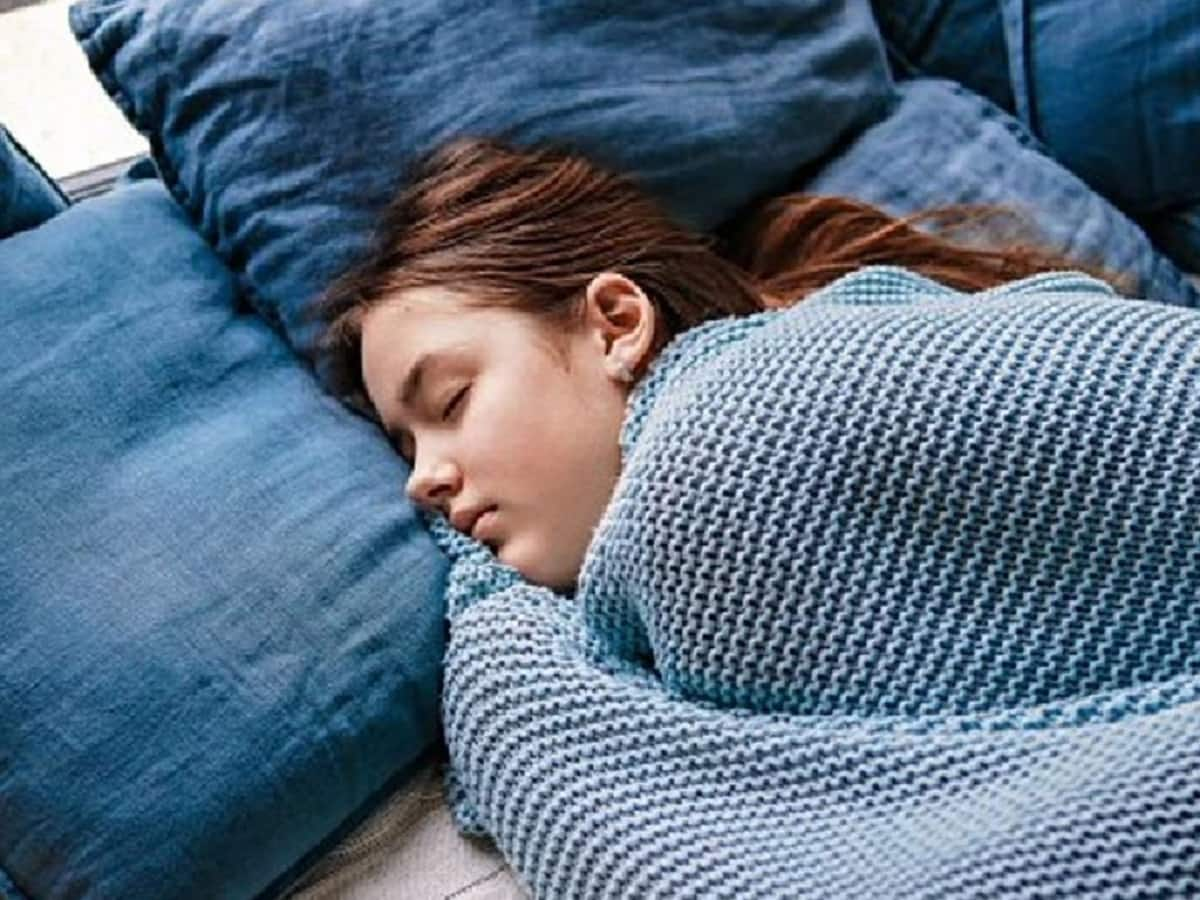Alopecia areata is a chronic autoimmune disease that affects an estimated 6.8 million population of the United States. The condition is characterized by unpredictable massive hair loss localized or diffuse, in the scalp and the whole body. Nails, on the other hand, maybe affected, and brittleness, fragility, and pitting in AA patients might be symptoms of nail dystrophy.
Alopecia areata can be caused by genetics and stress and can affect anyone, regardless of age or gender, albeit the majority of instances occur before the age of 30.
Alopecia areata is more common in youngsters, according to experts. It’s possible that it’ll vanish for decades. ” You can have it as a child, but it will vanish and reemerge 20 years later.”
The condition is not life-threatening as it can be managed or even cured with the right treatment.
Treatment and cure
Can alopecia areata be cured? There is presently no cure for alopecia areata, although doctors can recommend treatments to help hair regrow more quickly.
Corticosteroids, potent anti-inflammatory medicines that can suppress the immune system, are the most prevalent kind of alopecia areata treatment, administered through Local injections, topical ointment application, and oral administration.
Minoxidil, Anthralin, SADBE, and DPCP are some of the other drugs that can be recommended to help with hair growth or immune system issues. While some of them may aid in hair regrowth, they will not prevent new bald patches from developing.
Some studies backed the use of Photochemotherapy, a type of treatment that uses light to kill cancer cells, making it a viable option for individuals who are unable or unwilling to employ systemic or invasive medicines.
Should you don’t know, Hair provides some protection from the weather in addition to its cosmetic value. People with alopecia areata who miss their hair’s protective properties may want to:
- Use sunscreen when going outside in the sun
- Wear wraparound glasses to shield eyes from the light and particles that brows and eyelashes would ordinarily protect you from.
- Protect the head from the sun or to keep it warm, wear hats, wigs, and scarves.
- keep membranes wet and guard against organisms that are generally caught by nasal hair, apply ointment inside the nose.
Alopecia areata is not communicable and does not make people sick. It can, however, be tough to emotionally adjust to.
It’s a terrible disease for many people and requires treatment that addresses both the mental and physical aspects of hair loss.
Some people have compared alopecia areata to vitiligo, an autoimmune skin disorder in which the body assaults melanin-producing cells and causes white patches. According to research, these two diseases may have similar pathophysiology, with the diseases being driven by comparable types of immune cells and cytokines and having common genetic risk factors.
As a result, any new breakthroughs in the treatment or prevention of one disease could have an impact on the other.
Treatment for alopecia areata with diphencyproneTrusted Source (DCP), a contact sensitizer, has resulted in the development of vitiligo in a few recorded cases.
Quercetin, a naturally occurring bioflavonoid found in fruits and vegetables, has been shown in animal studies to prevent the development of alopecia areata and successfully treat current hair loss.
Before quercetinTrusted Source can be regarded treatment for alopecia areata, more research is needed, including human clinical studies, Medicalnewstoday.
Top Fun facts about Alopecia areata
Hair loss isn’t irreversible: Alopecia areata does not affect your hair’s capacity to regrow, unlike age-related or natural baldness. Here, your immune cells come in and encircle hair follicles like a swarm of bees, preventing them from generating hair. However, once your immune system has stabilized, hair often regrows in the same manner as before.
Stress is the main cause of Alopecia areata: Inflammation is fueled by stress. As a result, if you have alopecia areata—or any other autoimmune disease—stress can trigger or exacerbate hair loss, according to Friedman. As a result, he adds, exercise, meditation, and other stress-relieving therapies can help to calm or prevent alopecia areata hair loss.
The condition can be managed with treatment: Injections of steroids into the afflicted area are commonly used to reduce inflammation. This is done every 3 to 4 weeks for a few months because a lot of the time the hair will keep growing even after treatment has stopped. If the alopecia is severe, oral steroids or nonsteroidal immunosuppressant medications may be used to treat it. Note that these injections or medications will not cause hair to grow in unnatural locations. They just free the hair follicles from that inflammation’s hold.
An outbreak can be triggered by a variety of lifestyle variables: Eating a high-sugar diet, drinking alcohol, and smoking all cause inflammation, which can lead to an alopecia episode.
It comes in a variety of forms: The classic appearance is a complete circle of nonscarring hair loss, which means the bare scalp looks smooth and healthy.” However, it can also manifest as an undulating ring of baldness known as “ophiasis,” which is derived from the Greek word “snake.” According to experts, the condition could affect your brows, arms, or any other hairy areas on your body.
It can strike at any age: Alopecia areata is more common in children, but it can occur at any age. According to professionals, it can potentially vanish for decades. “Having it as a child, having it go away, and then having it come back 20 years later,”.
Symptoms of Alopecia areata
Noticeable symptoms and signs of alopecia areata
- Hair loss in patches
- The pain and itching in the scalp
- Hyperpigmentation in the bald areas
- Pitted white or yellow nails
Alopecia areata is characterized by smooth, circular patches of complete hair loss that occur over a few weeks and are usually followed by regrowth over several months. Alopecia areata, on the other hand, can last for years and sometimes hair never regrows.
The areas may expand and combine, resulting in uneven hair loss patterns. At the borders of growing regions of hair loss, short hairs snapped off a few millimeters from the scalp are frequently detected. “Exclamation point hairs,” as they’re sometimes called.
Hair loss is most frequent on the scalp, but it can occur anywhere on the body. The condition does not go beyond patchy hair loss in many persons. However, hair loss might be severe in rare circumstances. A tiny percentage of people lose all of their hair on their head (alopecia totalis) or all of their hair on their head and body (alopecia universalis) (alopecia universalis).
Alopecia areata patients may experience fingernail or toenail deformities in addition to hair loss. The most prevalent occurrence is the creation of numerous pits in the nail.
Causes and risk factors
The disorder develops when white blood cells attack the cells in hair follicles, causing them to shrink and hair development to drop substantially. It’s unclear what triggers the immune system to attack hair follicles in this manner.
While scientists are unknown why these changes occur, it appears that genetics have a role, as alopecia areata is more likely to occur in someone who has a close relative who has the disease. A family member with alopecia areata affects one out of every five patients with the illness.
According to a recent study, many patients with a family history of alopecia areata also have a personal or family history of other autoimmune conditions, such as atopy, a hyperallergic disorder, thyroiditis, and vitiligo.
Despite popular belief, there is little scientific evidence to support the theory that stress causes alopecia areata. Extreme stress may precipitate the illness, but the majority of recent research indicates a genetic etiology.
You may also like:
- 12 Amazing Foods That Increases A Woman’s Breast Milk Fast
- Deficiency Of These Foods Can Cause You Liver Problem
- Vitamin D can shrink fibroid – study reveals









